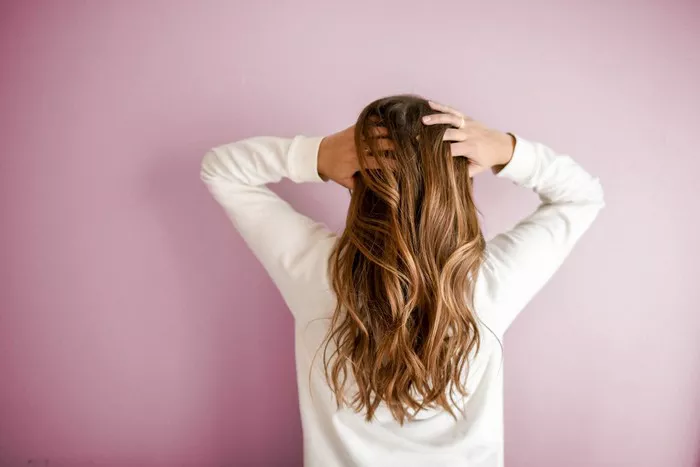If you have had COVID-19, you may have noticed that your experience with it was different from others. Maybe you lost your smell and your spouse didn’t. Perhaps you had chest pain and a cough like you’ve never had before. Maybe you had no symptoms at all. The one thing universal is that none of the symptoms are universal.
The way COVID-19 presents itself has been unpredictable, so have the long term effects of some patients. Lingering loss of smell, loss of taste, cough, fatigue and now doctors are seeing another; loss of hair.
The medical term is telogen effluvium, which sounds more like something from the world of Dr. Seuss than a medical definition. Many patients are learning the term and its meaning for the first time when visiting their physicians with concerns of hair loss.
According to the American Academy of Dermatology, “Fever is a common symptom of COVID-19. A few months after having a high fever or recovering from an illness, many people see noticeable hair loss.” This has been the reality for many who are seeing handfuls of hair when shampooing or their brush full of hair.
The AAD says that while many people think of this as hair loss, it’s actually hair shedding. It happens when more hair than usual enters the shedding stage of the hair life cycle at a time than normal. Fever or illness can cause this change.
Dr. Jennifer Stong, M.D. of Sanford Health, has seen numerous patients who mention hair loss and thinning as a source of concern. Hair loss is usually thought of as a result of aging, genetics or a medical condition, Stong explained: “We are just beginning to understand some of the long term effects of COVID-19, telogen effluvium, a kind of hair shedding, may occur 2-3 months after having COVID.”
“The good news is that telogen effluvium usually resolves on its own and your hair will grow back. Rarely, it becomes a chronic issue,” said Stong.
Powell Perng, MD, a dermatologist and specialist in hair loss at University of Utah Health explained that instead of the usual 10% of hairs that are in the shedding phase, there may be up to 50%.
Instead of the average 100 to 150 hairs a day that people generally lose, it increases to a number that seems alarming to see. When an individual experiences a stressful event, such as COVID-19 infection, their bodies respond in different ways.
It is alarming to notice your ponytail being drastically thinner or your hand being full of hair from sweeping it out of your face. Your shower drains clogging with hair after every use and seeing your hairline moving are not things you want to just get used to. But if the cause of your hair thinning is due to COVID, know that it is short lived and will correct itself with time.
Letting it resolve naturally seems to be the best course of action. Adding stress, medication and hair regrowth treatments may make matters worse instead of better. Knowledge of why the hair loss is occurring can reduce stress, which will help the body regulate itself. Watch the amount and keep your doctor informed.
Dr. Stong adds that if the hair loss persists and you have other symptoms, go see your primary health care provider for further examination.


